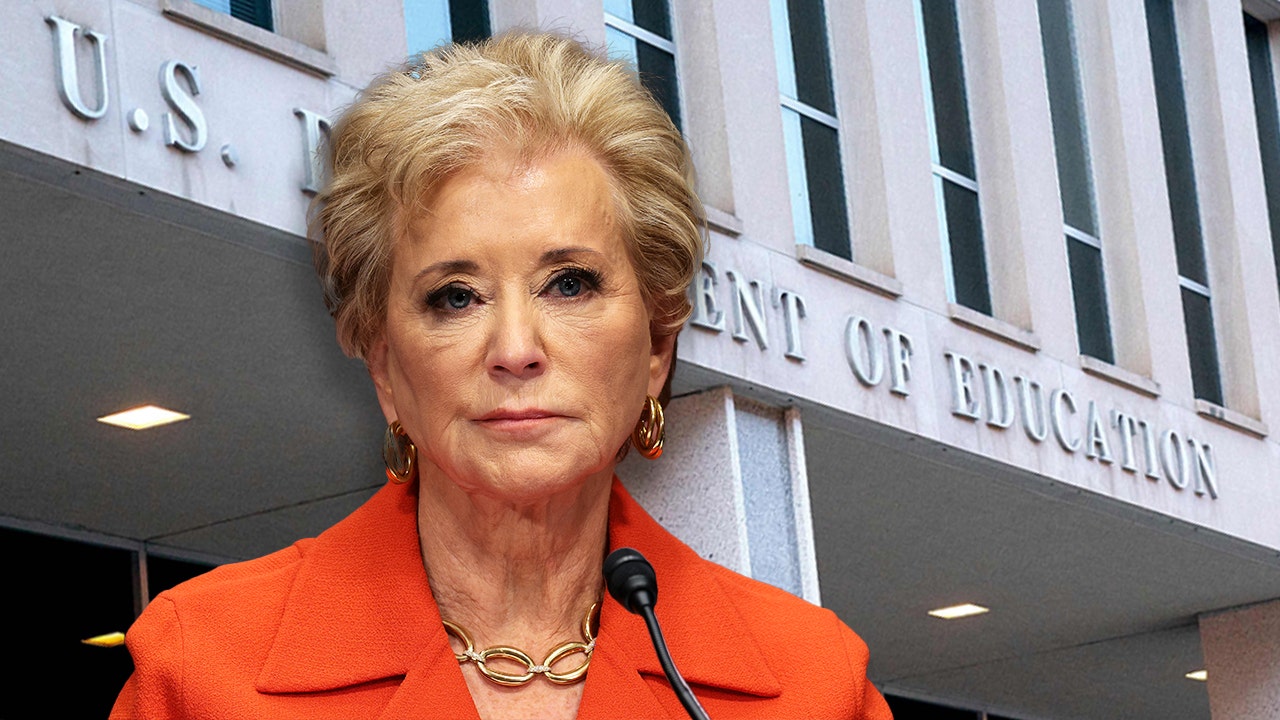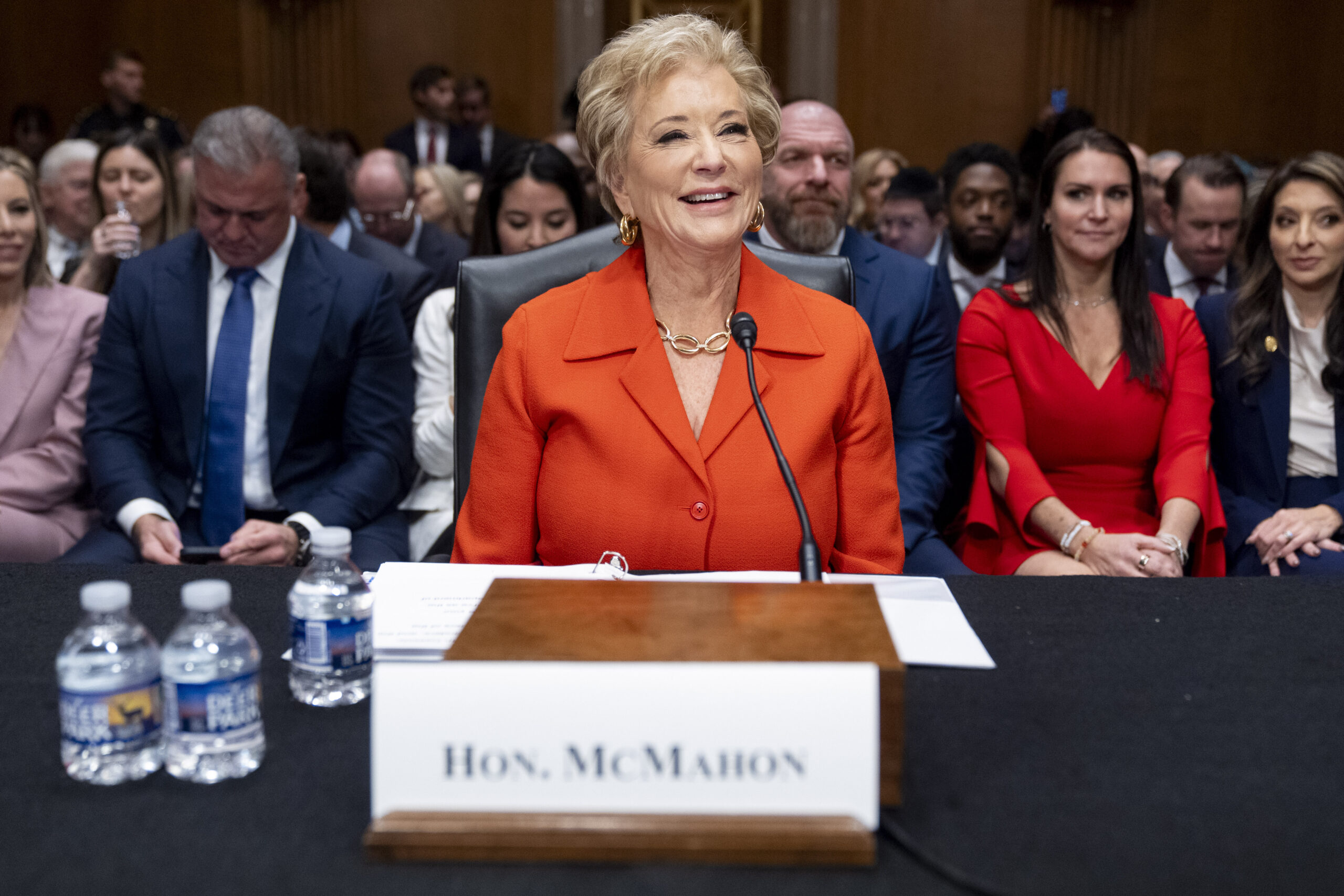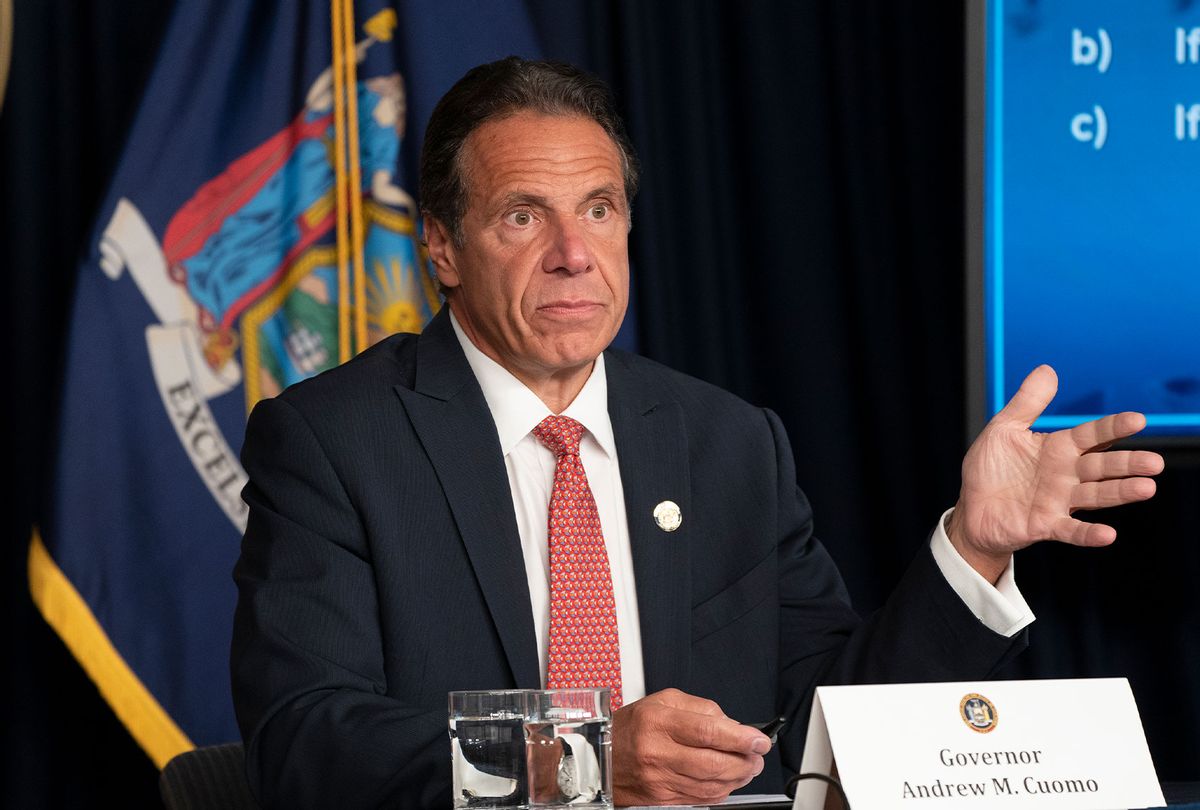Parents across the country are learning the hard way that we have collectively left the American public education system on autopilot for far too long and the results are troubling. ACT scores are the lowest they’ve been in more than 30 years. 13-year-olds’ test scores on The Nation’s Report Card are worse than this time last year, “continuing a decade-long freefall,” and math scores experienced the largest drop in 50 years.
But rather than push students to achieve excellence – or even competency – in basic academics, many public schools have instead prioritized ideological groupthink. One needn’t look far to see examples of curriculum or policies regarding gender, sexuality, race, or any cultural topic-du-jour garnering headlines.
All of this has many parents asking the question, “who is accountable, and how do we get back on track?” In most cases, the answer starts with the school board.
The impact of school boards cannot be overstated. The National School Boards Association boasts that the nearly 14,000 school boards across the country affect “every important aspect of local schools, from boundaries to bus schedules, curriculum to clubs, funding to field trips.”
This is precisely why no one should be satisfied with an abysmal 5-10 percent voter turnout for school board elections.
Rules and procedures for these elections vary from state to state and even between different school districts in the same county. In many places candidate filing deadlines are extremely close to the election, giving candidates limited time to campaign, and voters inadequate time to learn about the candidates. Making matters worse, it is often extremely difficult to access basic information such as the election date, candidates, and their positions.
For example, in South Dakota there is no established and regularly occurring date for school board elections. Individual districts can choose any Tuesday between the second Tuesday in April and the third Tuesday in June to hold an election. In many districts, candidates only need to file 39 days before the election and a sample ballot with the candidates’ names only needs to be made available to voters one week before election day.
In Massachusetts, the candidate filing deadline for many districts is just 35 days before the election. In New Hampshire, many districts have a 33-day filing deadline. In New York, a 20–30-day filing deadline is common depending on the size of the school district.
In Minnesota, sample ballots only need to be posted four days before a school board election.
Perhaps the strangest election procedures occur in Vermont. Vermont allows for an “Australian Ballot,” or floor meeting. A floor meeting is where voters gather at a public meeting place to discuss and vote on issues, often by voice vote. School board members can literally be chosen by a handful of community members physically present at a town meeting.
To fix this problem there are many people who advocate for moving school board elections to the “regular” November election cycle. While this would have an impact on voter participation, it would do nothing to solve the problems related to candidate and platform knowledge. In fact, it might make it even more difficult. With up-ticket races in November ranging from city council to congressional to presidential – school board candidates would never have the microphone or budget to break through an already saturated media environment.
Elections that fall outside the “regular” election cycle aren’t inherently a bad thing. In fact, they stand to give voters the ability to research candidates without the noise of larger up-ticket races, but basic election information must be available.
A solution starts with building an election ecosystem that empowers voters with relevant, timely information. There are three reforms that stand to immediately address this problem. First, filing deadlines should occur at least six months before Election Day. Second, states should adopt uniform procedures to operate school board elections which ensure they occur routinely. Finally, after the filing deadline has passed, states should maintain a public database with basic information about school board elections to include when the election is, who is running, and where to vote.
Making it easier to participate in school board elections is not a Republican vs. Democrat issue. This is a parent, community, and American issue and the futures of 50 million children hang in the balance. We cannot shortchange our children through further inaction. To accept the status quo is to condemn the educational future of an entire generation.
Alleigh Marré is a mother of three and President of Free to Learn and Free to Learn Action





















Discussion about this post